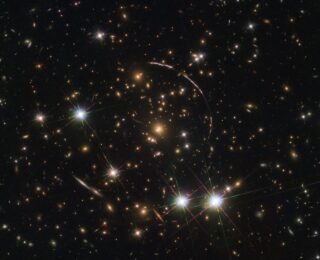
The photocopied “sunburst” from the early Universe
Find out how astronomers have used the brightest known (to date) gravitationally lensed galaxy to learn about the early Universe.

Find out how astronomers have used the brightest known (to date) gravitationally lensed galaxy to learn about the early Universe.
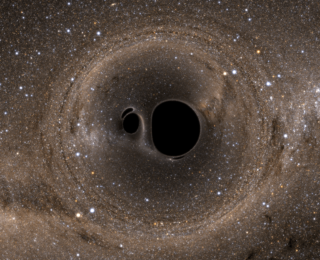
Find out how astronomers have discovered a potential black hole collision in the early Universe using observations from the James Webb Space Telescope.
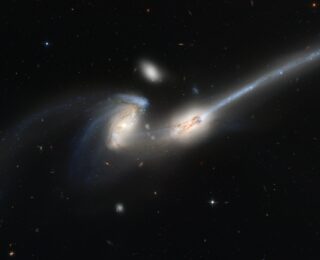
In today’s paper, learn how astronomers can identify merging galaxies and investigate the importance of these collisions over cosmic time.
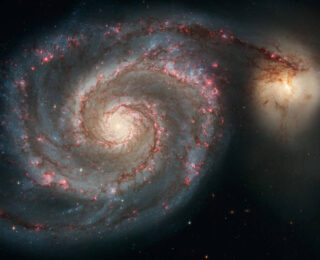
In today’s paper, astronomers show how massive collisions have shaped some of the properties of galaxies over time, giving insight into the formation of our own Milky Way.
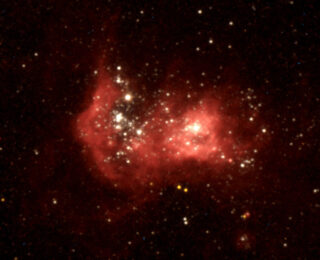
In today’s paper, astronomers have accurately determined the properties of a nearby, giant star-forming region in the galaxy NGC 2366.